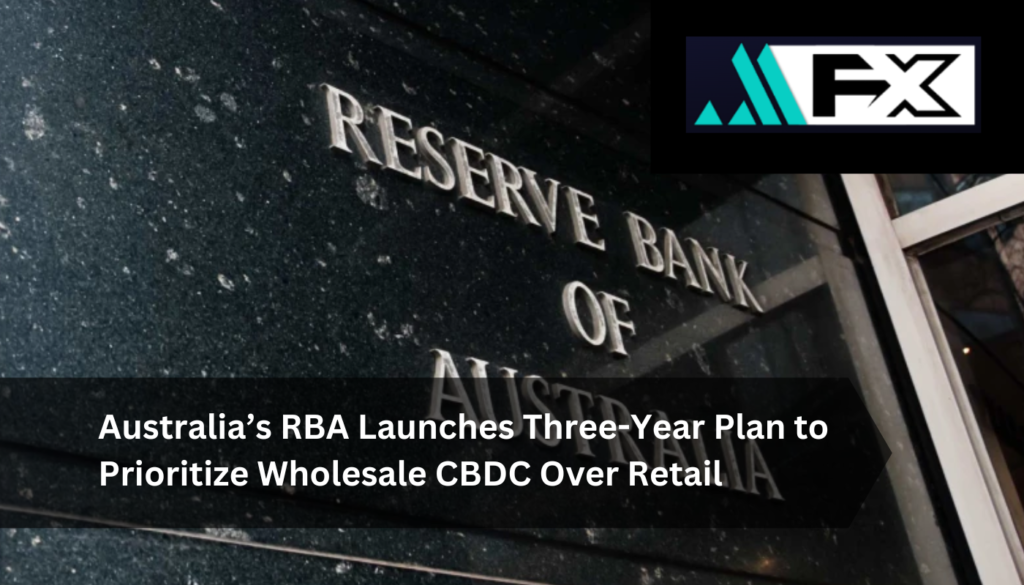The Reserve Bank of Australia (RBA) has officially prioritized the development of a wholesale central bank digital currency (CBDC) over a retail version, citing the greater economic benefits of the former. In a speech at a recent financial conference, Assistant Governor Brad Jones introduced the launch of Project Acacia, a collaborative effort between the RBA and the Australian Treasury. This initiative aims to explore the potential for tokenized money to enhance wholesale markets.
Project Acacia is a three-year plan designed to address inefficiencies in settlement infrastructure by leveraging digital money. The goal is to improve transparency, efficiency, and resilience in Australia’s financial systems, particularly for large-scale institutional transactions. “The economic benefits of a wholesale CBDC outweigh those of a retail version at this time,” said Jones, pointing to the possible long-term impact on Australia’s financial sector.
Why Wholesale CBDC? The Rationale Behind the Decision
According to Jones, the RBA’s decision to prioritize a wholesale CBDC stems from several tangible advantages. These include:
- Reduced counterparty and operational risks in financial transactions.
- The ability to free up collateral, which can be repurposed for other economic activities.
- Enhanced transparency and auditability, helping to ensure safer and more reliable financial operations.
- Potential to lower costs for financial institutions and their customers, improving overall system efficiency.
This wholesale model is aimed primarily at large institutions and banks, rather than individual consumers. Jones acknowledged that while retail CBDCs could potentially have benefits, the challenges—particularly legislative ones—currently outweigh those advantages. Any retail CBDC development would require a thorough government assessment and likely lead to legislative changes.
Global Trends and Future Implications for Australia
Australia’s move to focus on wholesale CBDCs mirrors global trends. Research from the Atlantic Council revealed that 134 countries, representing 98% of the global economy, are now exploring their own versions of digital currencies. While the RBA focuses on institutional benefits, future phases of Project Acacia could involve cross-border collaborations with other central banks, increasing the potential for international financial integration.
Looking ahead, the RBA and Treasury plan to reassess the viability of a retail CBDC in 2027, keeping an eye on evolving global trends. “The economic and regulatory landscape is changing rapidly,” Jones noted, hinting that Australia’s digital currency strategy could evolve depending on both domestic needs and international innovations.
Conclusion:
Australia’s wholesale CBDC plan marks a significant step in modernizing its financial infrastructure. As Project Acacia unfolds, the RBA aims to revolutionize the efficiency and transparency of institutional transactions, setting a new standard for financial resilience in the digital age.


